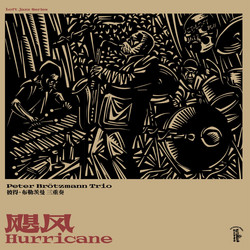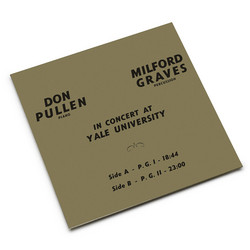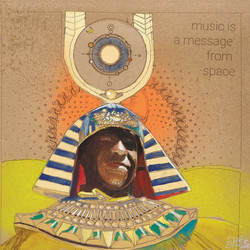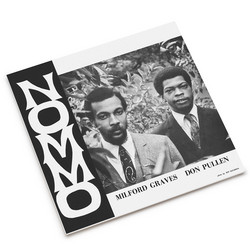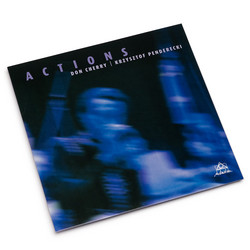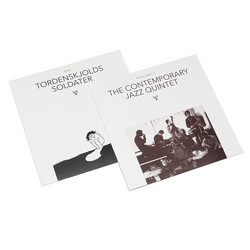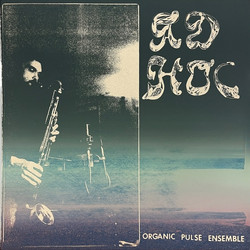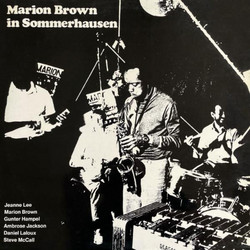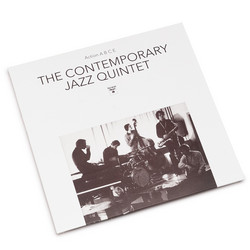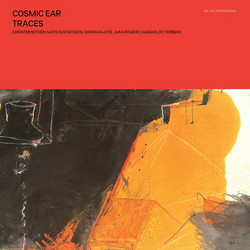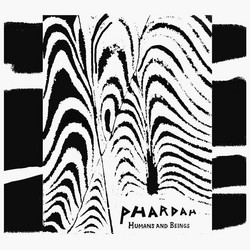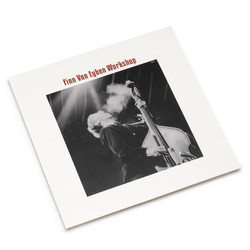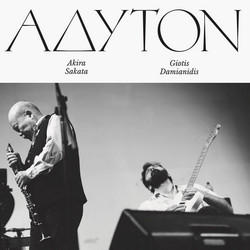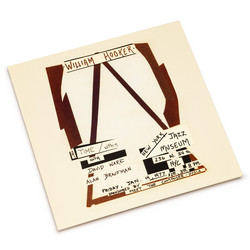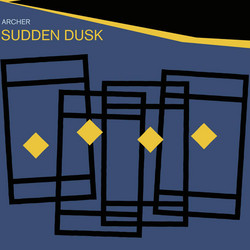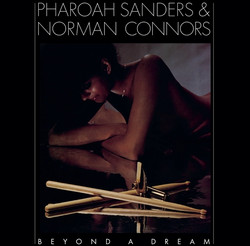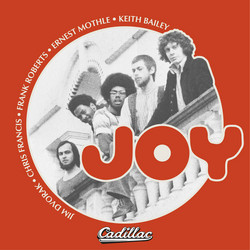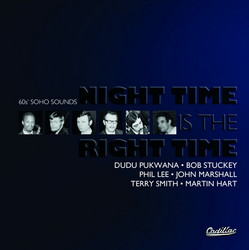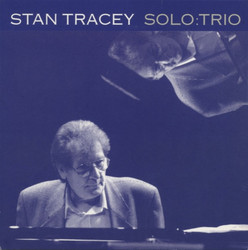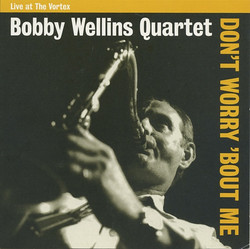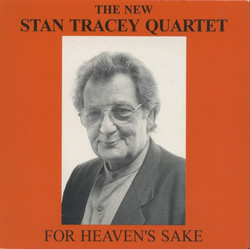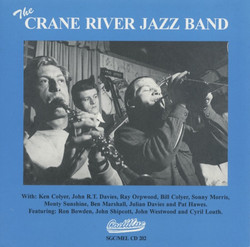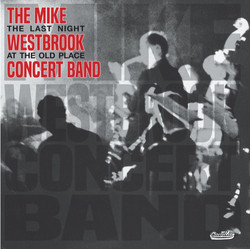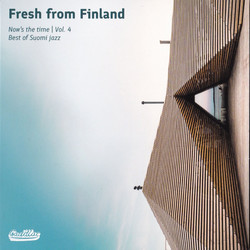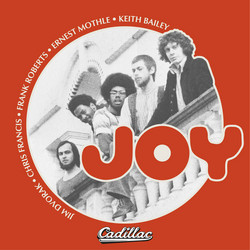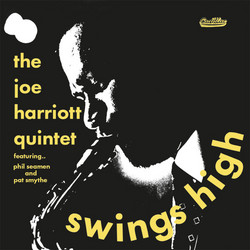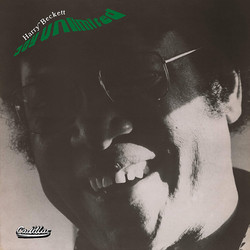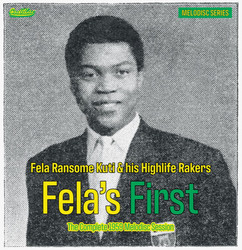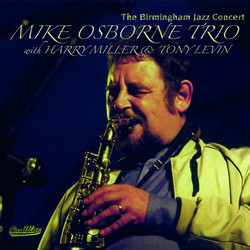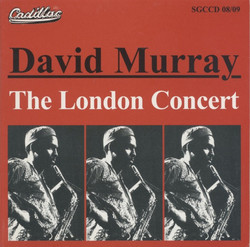Cadillac presents The Real Ken Colyer by Ken Colyer's Jazzmen featuring Pat Hawes, recorded live at The White Horse, Willesden, London, February 27, 1964. John Jack reissued this album in 2000 as part of a projected reissue of a number of 77 albums in honour of his friend and mentor Doug Dobell. Extra takes were added from the original session acetate. This is the first time the album has been made digitally available. Ken Colyer's life and musical career have been well documented, but many younger purchasers of this album may not be so familiar with the name of Doug Dobell. Born in 1918, Doug was the son of Arthur Dobell an internationally known and respected antiquarian bookseller. Mr Dobell had a shop at 77 Charing Cross Road, London’s famed street of bookshops, packed from floor to ceiling with countless thousands of collectors items for literary connoisseurs; where I first got to know Doug, who after war time service in the RAF he had taken over a small part of the shop, selling second hand jazz records and importing 78s from America and the Continent. From these small beginnings, Doug went on to establish a formidable business patronised by jazz collectors who could find rare 78,s and, when they became the new medium in the early 50,s, virtually every LP in the British catalogues, together with international imports, many courtesy of the duffle bags of members of “Geraldo’s navy”, often on very obscure minor labels.
But Dobell’s was more than a record store - it developed into a rendezvous where jazz musicians hung out before moving on to local Soho restaurants “The Rex”,”The Star”,”The International” (Chinese, good and cheap!) or such pubs as the “Sussex”,”The Cranbourne”, ”The Porcupine”, ”The Shaftesbury “ to name but a few of the favoured fuelling stops before the fortunate few moved onto the nights gigs.
From the mid fifties on following the lifting of the Musicians Union ban, visiting American players could be found in Dobells in ever increasing numbers. I once met up with John Lewis from the M.J.Q. in Dougs basement second hand department – domain of John Kendall (who succeeded it’s original custodian John Jack) and carried it to international legendary status. John Lewis was looking for Blind Lemon Jefferson blues recordings; I’ve often wondered why! So the local devotees and practitioners of Jazz could find themselves rubbing shoulders with such hero’s as Don Byas, Ben Webster, Bud Freeman, Wild Bill Davidson, Ruby Braff, Bill Coleman, Dick Wellstood, Ralph Sutton, George Lewis, Peanuts Hucko, to name but a few of the greats who were friends of Doug’s and loved the ambience of his store. In 1957 Doug Dobell established his own record label, appropriately named after the address of his shop. With microgroove recordings replacing 78’s the first issues were on 45rpm extended play discs and 10” LP’s. Later releases were in the 12” LP formats. ‘77’ initially concentrated on recording new material by British bands and artists rather than on re-issues. Kenny Baker, Acker Bilk, Tony Coe, Bob Wallis , Pat Hawes, Tubby Hayes, Dick Morrissey, Keith Smith, Bruce Turner, were prominent amongst them.
Doug later extended his catalogue to include albums be visiting American musicians, including Buck Clayton, Don Ewell, Bud Freeman, George Lewis, Eddie Miller, Albert Nicholas, and pianists Ralph Sutton, Joe Turner, and Dick Wellstood (Doug was a gigging pianist and occasional band leader himself – a facet of his life he rarely stressed). ’77’ won an international reputation as an important independent Jazz labelalthough no new recordings were made after 1979 and the label’s activities finally ceased in 1984, Doug selling off most of the catalogue to other companies. Doug decided that he would like to record Ken Colyer’s JazzMen for ‘77’. This was Ken’s regular band – at this time he didn’t have a piano player, using a three-man rhythm section of John Bastable, banjo, Big Ron Ward, bass and Pete Ridge drums. Alongside him in the front line, Ken had Sammy Rimmington, clarinet and Geoff Cole, trombone. I shared my jazz activities with a career in teaching; Ken and I had worked together earlier with the Crane River Jazzband and the Christie Brothers Stompers. I sat in with the band and played a few gigs whenever possible – we discussed the possibilities of my joining on a full time basis, but education won out! Ken liked the idea of me recording with him and in the light of the tunes he selected, I asked for a rehearsal, an unusual if not unique event for Ken’s Jazzmen! The rehearsal took place at the 51 club in Great Newport Street where the band had a residency. I wrote out the chord sequences for the less familiar and complicated numbers - Ken liked to play rags, and recorded an EP for Decca, for our session he included a couple by Scott Joplin: Swipsey Cake Walk and The Entertainer. Rags are tricky things, involving three or four themes and changes of key - you need to know ‘em to play ‘em. Certainly none of us could have anticipated the ragtime craze of less than 10 years later! Remember The Sting. The Paul Newman, Robert Redford film was a huge popular success world wide and introduced new generations of listeners to the sound of authentic ragtime, using a number of Scott Joplin compositions in the sound track, including The Entertainer, which astonishingly became a pop chart topper! Down Home is a rag too, as is Jelly Roll Morton’s Wolverine Blues; certainly not a blues, Jelly originally called it “The Wolverines”. It can be heard here played correctly, three themes and a key change to E flat for the final section. Look out for some tasty single string banjo picking by John Bastable.
Ken sings in his inimitable style on Tony Jackson’s Michigan Water Blues and Chilly Winds - the latter has always been a bit of a mystery. Ken claimed to have learnt it from an old blues record by Big Bill Broonzy, but Bill never recorded it. My friend Charlie Crump, who has done such good work remastering this album, solved this little mystery only recently. A blues enthusiast played him a rare Paramount 78 by Papa Charlie Jackson - it’s title? I’m Going Where These Chilly Winds Don’t Blow. So now we know.
As to the previously unissued tunes, Eccentric was the first to be recorded - Doug marked it OK on his recording sheet – it’s a sprightly performance, with good breaks all round the front line. 1919 Rag swings along merrily, but Georgia Bo Bo is a little uncertain, particularly in the verse. Sheltering Palms has a vocal from the piano player, which seemed a good idea at the time - at a distance of more than thirty years perhaps it wasn’t! The alternative takes of As Long As I Live and Some Day Sweet Heart make interesting comparisons, particularly Ken’s contributions. The venue for this recording was The White Horse pub in London’s Willesden Lane, worthy of a few words in it’s right for its place in British Jazz history. A large, gloomy building with a huge Public bar, the White Horse had a formidable reputation in North West London as a tough pub: the landlord was John Defferary, Senior, who ruled his customers with a rod of iron – he once told me “I don’t have a lot of trouble – they have to behave because they have all been barred from every other place “.
It was through John Defferary’s son John, Junior, a talented clarinettist later to play with Chris Barber’s Jazz and Blues Band, that we became involved with the White Horse. In the rear of the building was a large function room, wood panelled with a parquet floor for dancing? More surprisingly a decent baby grand piano was in situ on the stage -- and available for use. Following several violent evenings when the room had been hired out for Rock and Roll gigs it’s use for public entertainment had largely been discontinued.
Doug Dobell used the premises for several recording sessions including one in 1966 with Cap’t John Handy the New Orleans alto sax veteran, in which I took part. Doug would set up his Ampex tape recorders in a small back room, communicating with his son in law Don Sollash who helped supervise the recordings by walkie–talkie radio! This session was originally issued on 12” long playing record “77” leu 12/10 as “The Real Ken Colyer” Ken Colyer’s Jazzmen Featuring Pat Hawes. And like many albums on Doug’s label, has become a sought after collectors item. This new CD gives Colyer enthusiasts the opportunity to hear for the first time everything that we recorded on that evening thirty-five years ago, with the exception of a couple of false starts. At time when the titles were being selected for the LP I asked Doug if I could have the remaining material for my private collection. He kindly agreed and engineer John Wadley produced a 12” acetate disc containing Eccentric and an alternate take of Some Day Sweetheart, two alternatives of As Long As I Live plus Down Amongst The Sheltering Palms, Georgia Bo Bo, 1919 Rag, all unissued. We have included these on the CD so they appear for the very first time, anywhere. Although my acetate was prepared from the “77” master tape, a difference in sound is apparent compared with the original LP tracks. Faced with an ageing, dusty acetate audio restorer Charlie Crump had to clean the disc of accumulated static and then ‘cedar’ it for noise reduction. Furthermore echo (or ‘presence’) had apparently been added, which cannot be removed even with today's advanced technology. Nevertheless Charlie has done a remarkable job in producing an overall acceptable balance.
Perhaps a few words, about Ken and his musicians would be in order. Young Sammy Rimmington had been with Ken since 1961 - he was only playing clarinet in those days (in public at least) as despite its widespread use in bands in New Orleans in the Twenties and Thirties, the saxophone was not considered by many purists, die-hard fans to be a suitable instrument for ‘traditional’ jazz – Sammy’s emergence as an internationally acclaimed altoist was still some way off; he, as always, played with a remarkable enthusiasm and individual approach,matched by a sound technique - I can still see Sammy jumping around as he played an exciting solo to complement his fine ensemble playing. Geoff Cole was, and is an accomplished player, with a good ear for harmony - he wrote out the chord sequences for the band, played fine solos and contributed tasteful, musically interesting ensemble figures in the front line. Ken’s rhythm section functioned well as a unit - Ron Ward’s bass playing was steady, if unspectacular. Pete Ridge was an incisive drummer, less heavy handed than some others of the period - he comes through nicely in this recording, although the top cymbal cuts through a little too much from time to time. Banjoist John Bastable was with Ken for many years. He was a powerful attacking, driving player, who got an unusual, plangent sound from his instrument. He played very much on top of the beat and had a tendency to speed up when he got excited. Ken used to refer to this as ‘the New Orleans accelerando’ – it didn’t seem to bother him too much! As to Ken himself, his commitment to his kind of jazz was total and unswerving. He once played me a record, commenting ‘that’s Japanese guy, imitating me imitating Mutt Carey!’ and I would guess that Mutt was a prime influence. Ken admired Wild Bill Davison, Louis, Charlie Shavers and Roy Eldridge but certainly didn’t try to play like them. He developed his own individual style and was immediately recognisable. When I first played with him in the late Forties and early Fifties he was a very powerful player - ill health took its toll and Ken cut back on the power and increased the suability, playing a flexible melodic lead, with a unique sound which others have striven to emulate, not too successfully. He was a big influence on younger traditional trumpeters worldwide. I always enjoyed his muted playing in particular, using his old tin mug and blowing into the Derby hat - there is plenty of this throughout this album. It all serves as a timely reminder of how well he was playing in the mid-Sixties. Doug gave this album its title personally. I don’t know whether it was The Real Ken Colyer, but it certainly is very good Colyer and I’m proud to have been a part of it. Sadly three of the participants and Doug himself are no longer with us. Pete Ridge, 1968; John Bastable,1985; Ken Colyer, 1988; and Doug Dobell, 1987 have all “gone ahead” as Art Hodes used to say. It’s to the memory of these good friends that we dedicate this album. Pat Hawes May 1999.
Ken Colyer, trumpet, vocals
Sammy Rimmington, clarinet
Geoff Cole, trombone
Johnny Bastable, banjo
Pat Hawes, piano, vocals
Ron Ward, bass
Pete Ridge, drums

